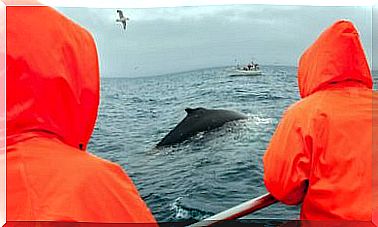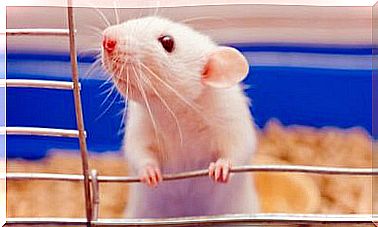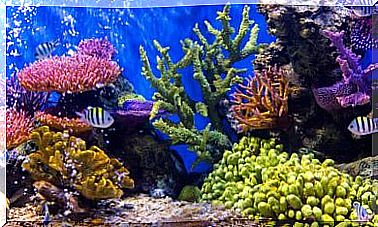Pool Water Ingestion Hazards
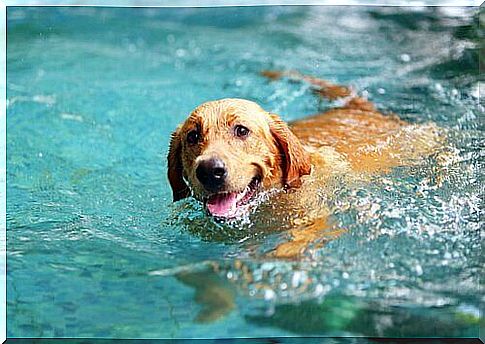
Chlorine, the chemical commonly used in pool water, can cause stomach, mouth, lung, or eye problems. Learn about the dangers of drinking chlorinated water.
In summer, there are few experiences as pleasant as enjoying a good day at the pool.
Not only us, but also our pets, often appreciate the opportunity to cool off when the heat increases.
However, on a bathing day, it is important to always be aware of the risks of ingesting water in swimming pools. Just like people, dogs and cats have a propensity to swallow water.
What is chlorine and what are its health risks?
If the pool water were completely pure and drinkable, its consumption would not pose any risk to our health.
However, the problem arises when this water contains chemicals (mainly chlorine) that, when ingested, can damage our bodies.
Therefore, to understand the risks of swallowing pool water, we must understand what chlorine is and what its effects are on the body.
At first, we can say that chlorine is a chemical element whose by-products have many uses in our society.
Different cleaning products
Chlorine is currently sold in different versions or formats, such as tablets, gas or liquid. Generally, this product is used to prevent the proliferation of bacteria, fungi, viruses and parasites.
Thus, as public swimming pools are often used by many people, chlorine acts as a powerful antiseptic.
In addition, it is still common to see chlorine-based cleaning products used such as bleach and disinfectant. In clothes and on the surfaces of the house, chlorine is present in the hygiene routine.
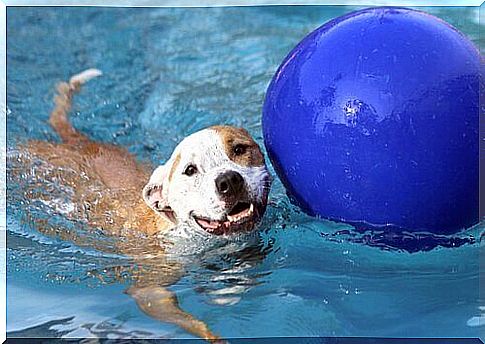
Although this is a common, everyday product, chlorine can be very dangerous if used incorrectly.
When this substance is used as an antiseptic in swimming pools, it is essential to dilute it with water.
D this manner, the pure chlorine consumption can be considered a poison to the body of human and various animals.
Dangers and risks of swallowing water in the pool
First, we must mention that drinking water from the pool can poison the bodies of children, adults and pets.
Among the most common symptoms of chlorine poisoning are:
- Nausea and vomiting
- Continuous episodes of diarrhea
- Stomachache
- Tongue and mouth ulcers
When a pool has high levels of chlorine, only contact with water causes hypersensitivity reactions in the body.
Excess of these chemicals can cause irritation to the eyes and mucous membranes. Also, damage to teeth and skin inflammation resulting from exposure to chlorine are relatively common.
If the epidermis is affected by chlorine, the body is more exposed to numerous pathogens and allergens.
Therefore, people and animals with cracked or wounded skin are more vulnerable to the development of secondary infections.
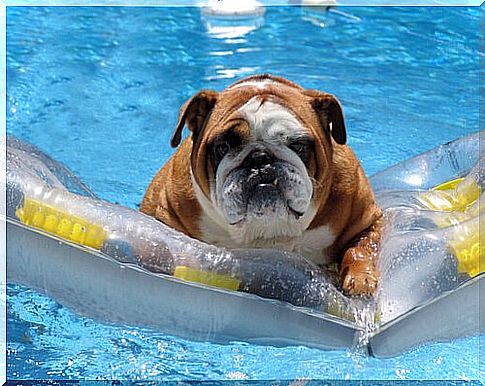
In case an animal has had a lot of water in the pool, it may experience long periods of coughing and difficulty breathing normally.
It should also be remembered that, in more severe cases, excessive fluid intake can lead to pulmonary edema.
Cryptosporidium : chlorine does not kill or inhibit
Although chlorine has a powerful antiseptic action, the truth is that it is not capable of eliminating all microorganisms and pathogens from the water.
This is especially true for public environments that are frequented by a large number of people on a daily basis.
Among the microorganisms that chlorine can not inhibit find the cryptosporidium . This parasite is capable of causing episodes of diarrhea, vomiting and stomach cramps for more than 21 days.
And its main form of contagion is direct contact with contaminated feces, whether through water, food or other individuals.
In Spain, in 2015 alone, more than 500 cases of contamination were registered. The situation is alarming, as health authorities have confirmed that contamination due to the consumption of contaminated water has doubled.
All of this reaffirms the need to avoid the risks of swallowing water in swimming pools and public recreational spaces.
In addition, it is important to take preventive measures, such as washing your hands, drinking only clean water and seeing your veterinarian regularly.



